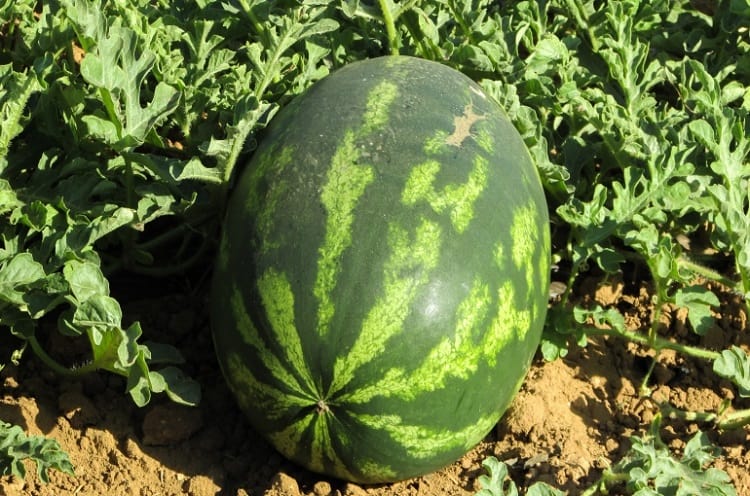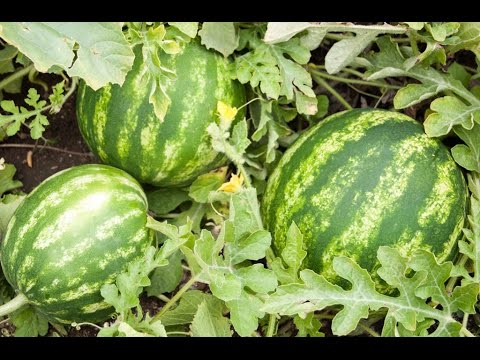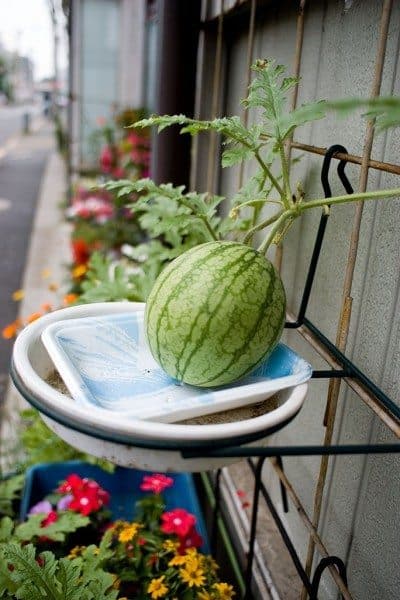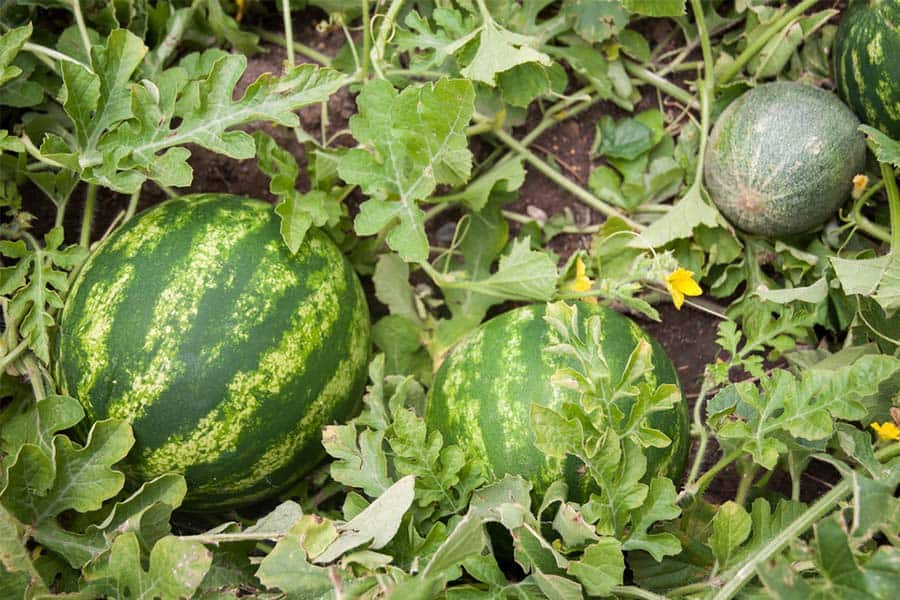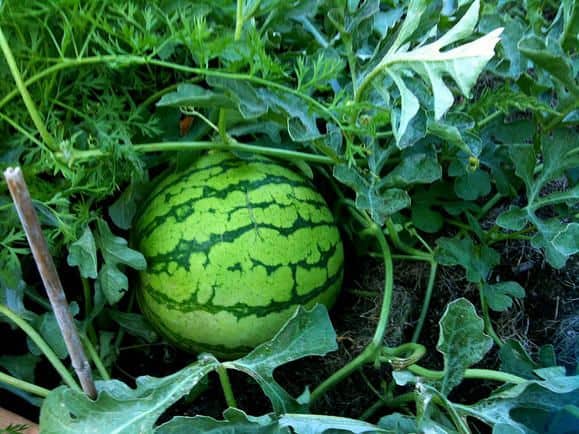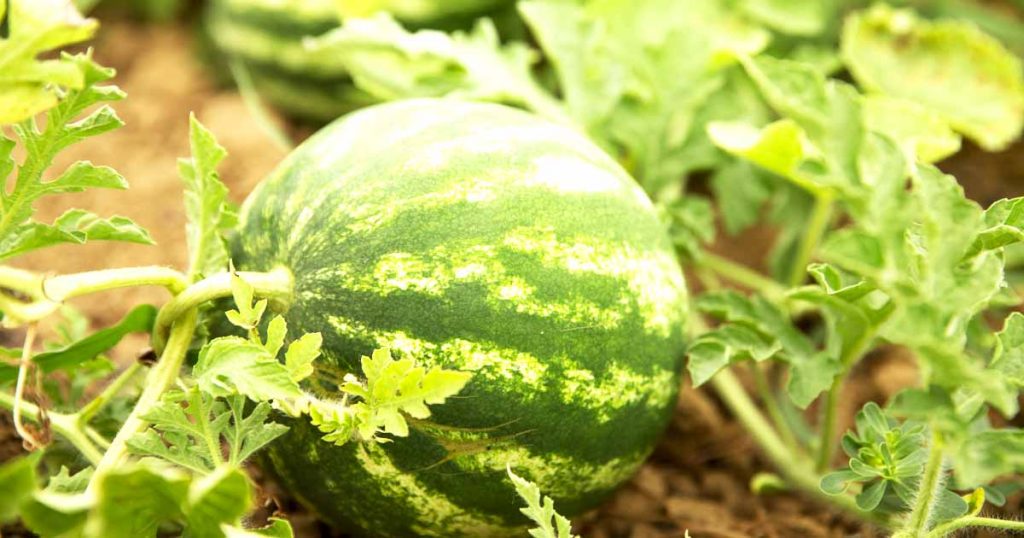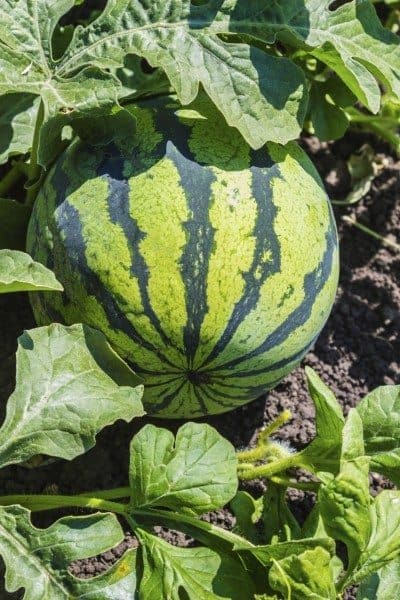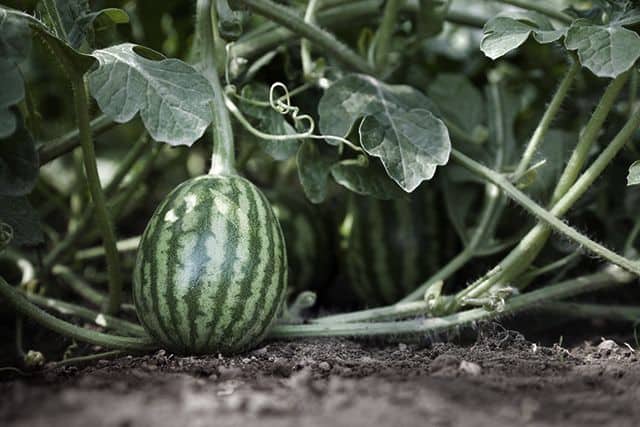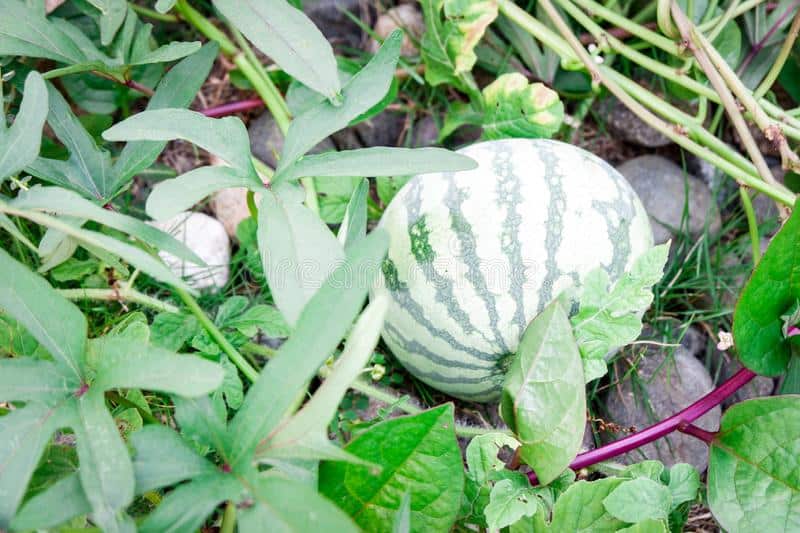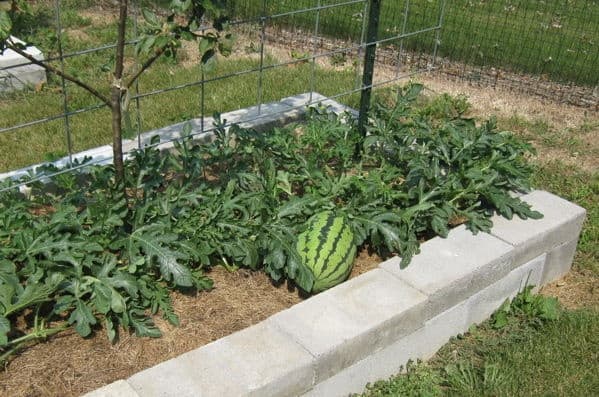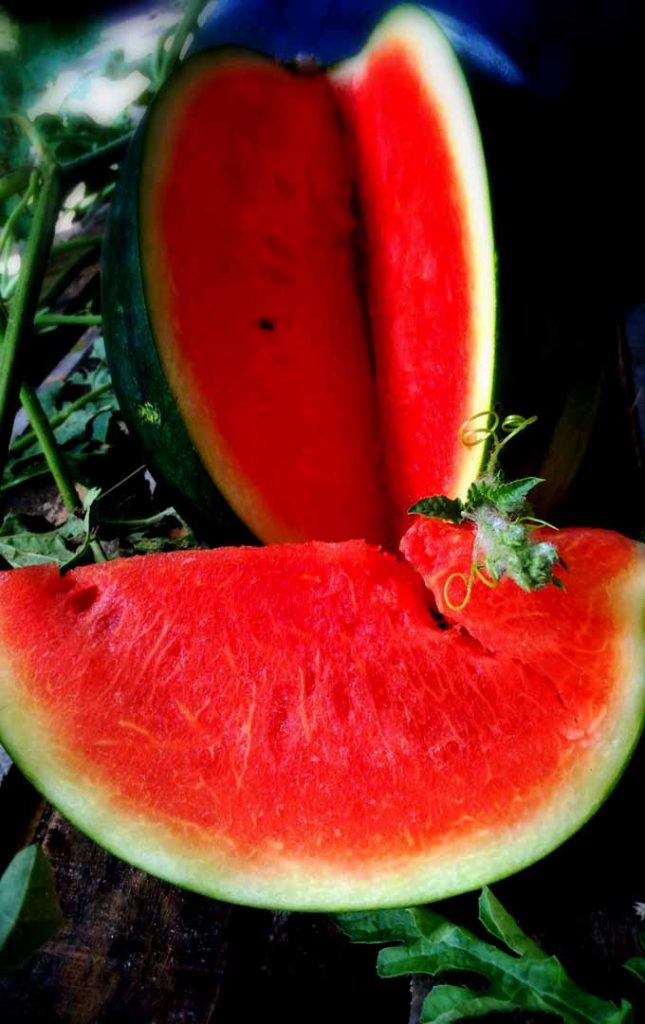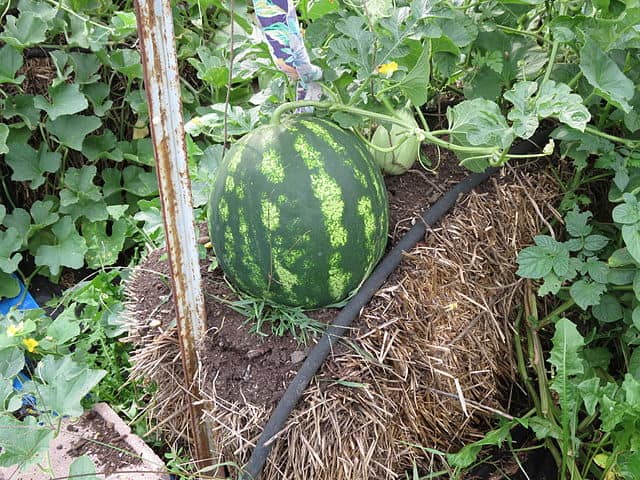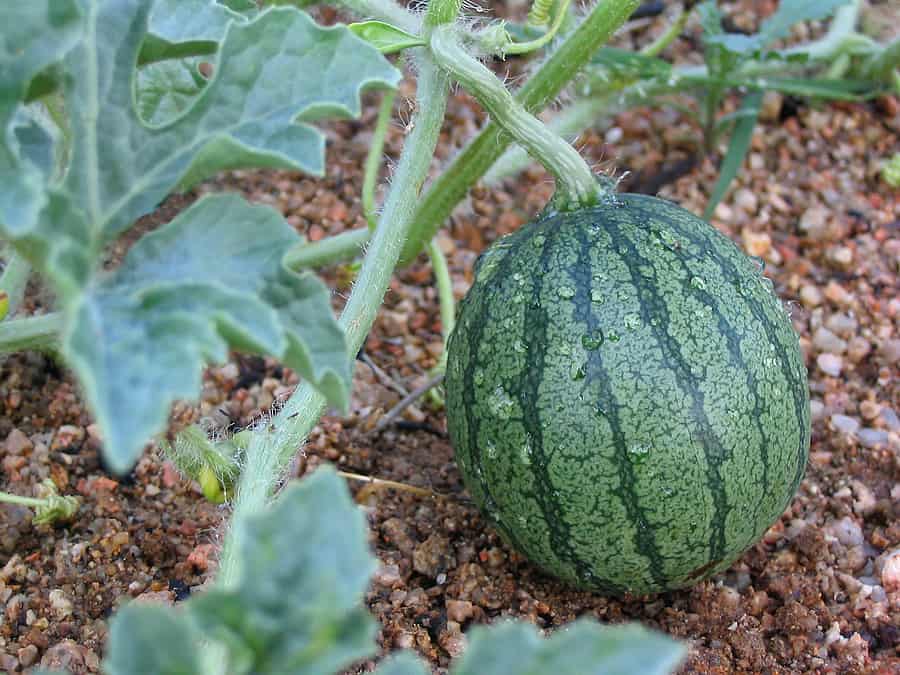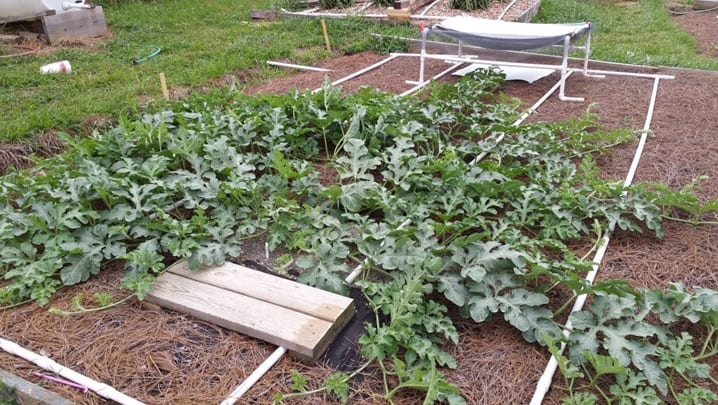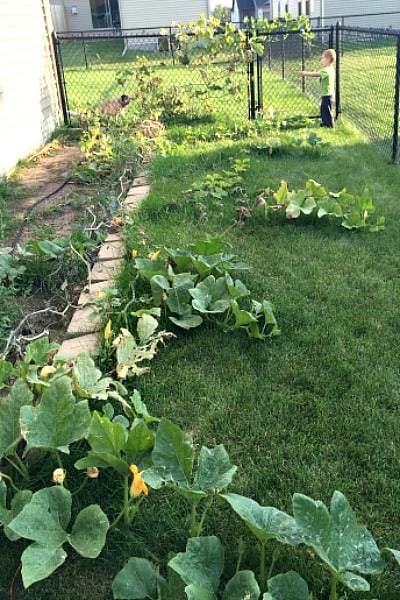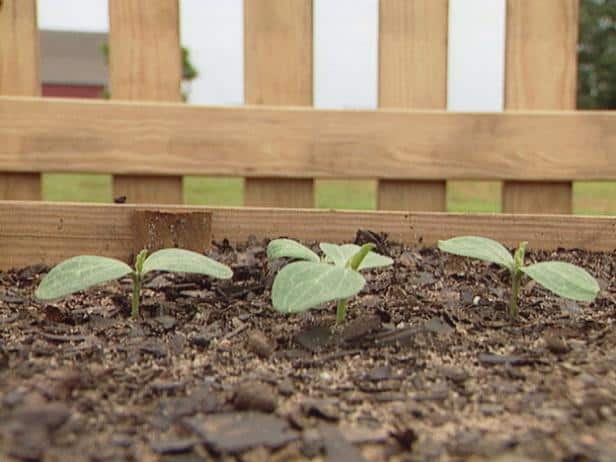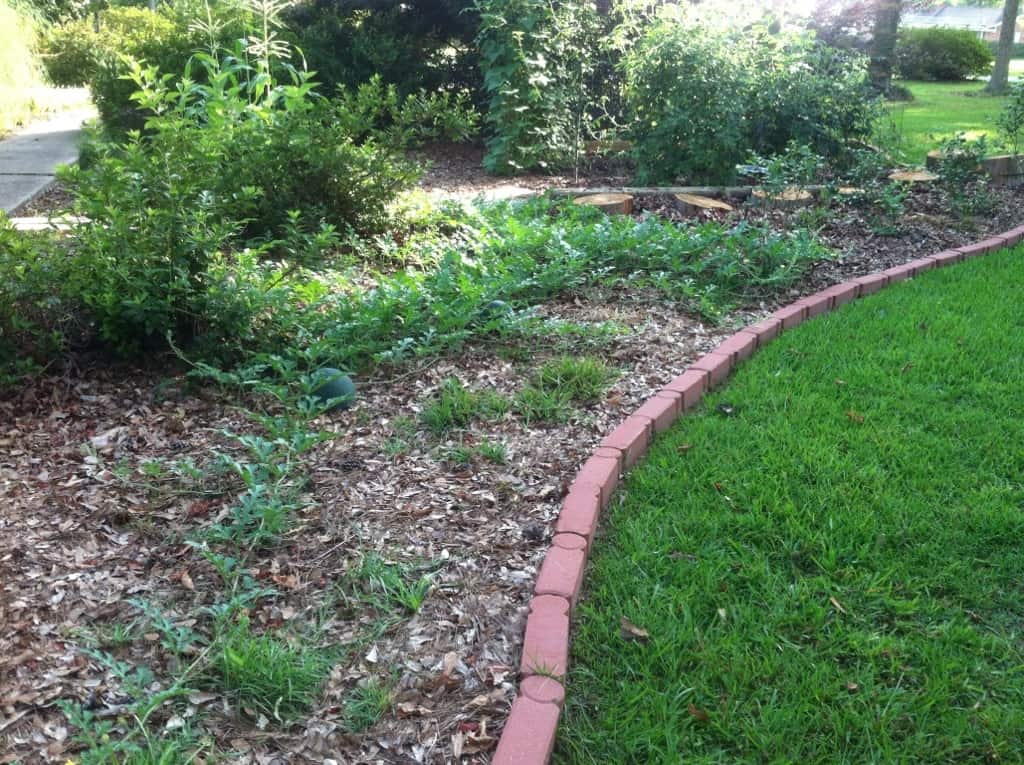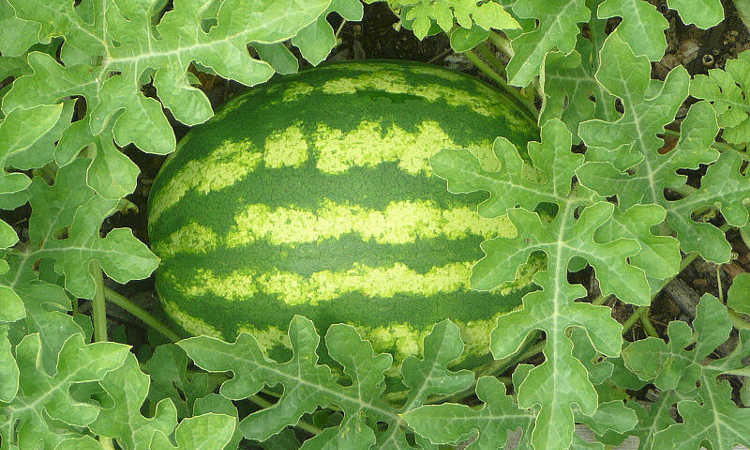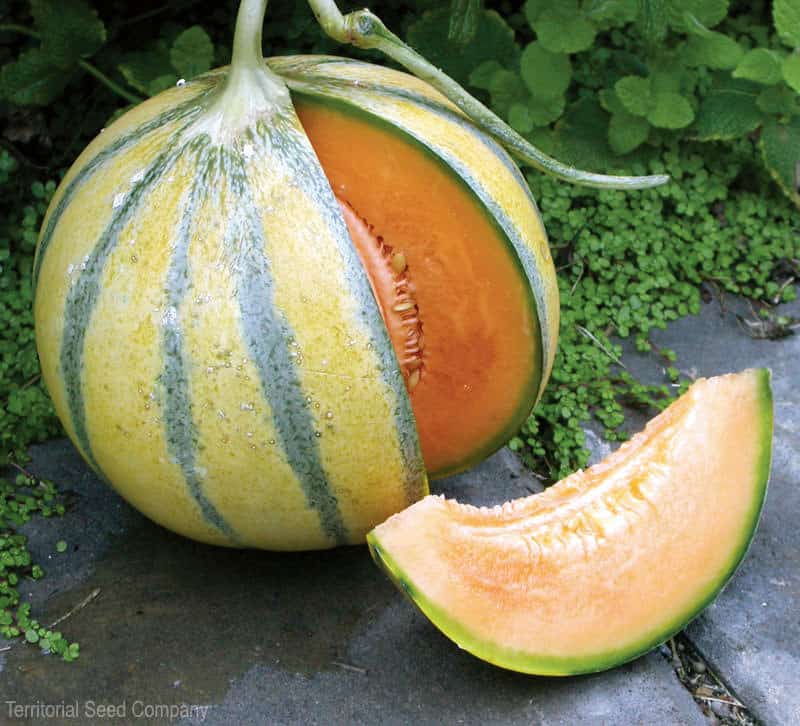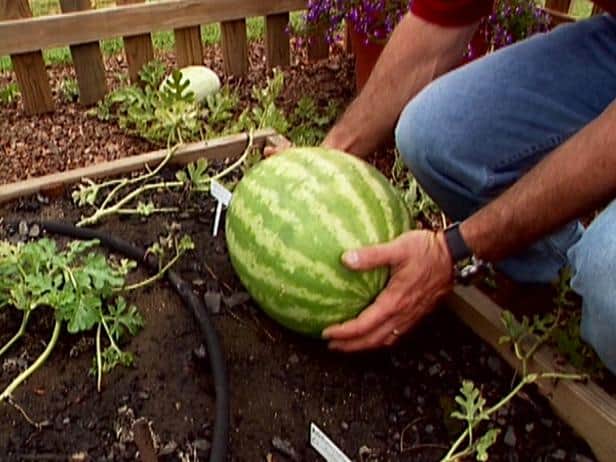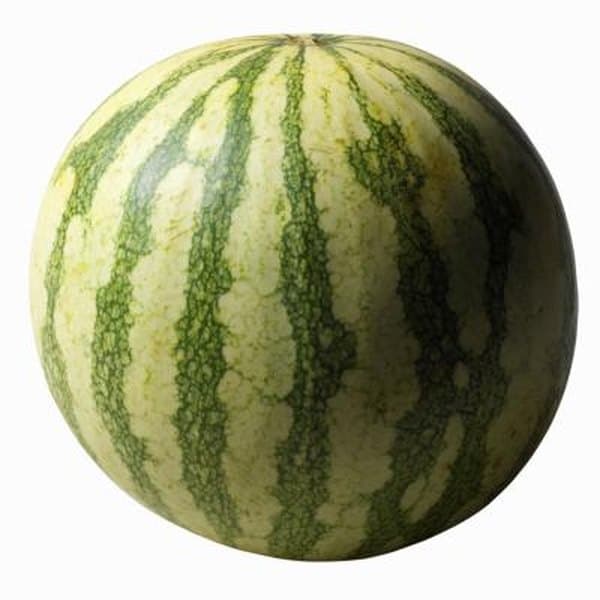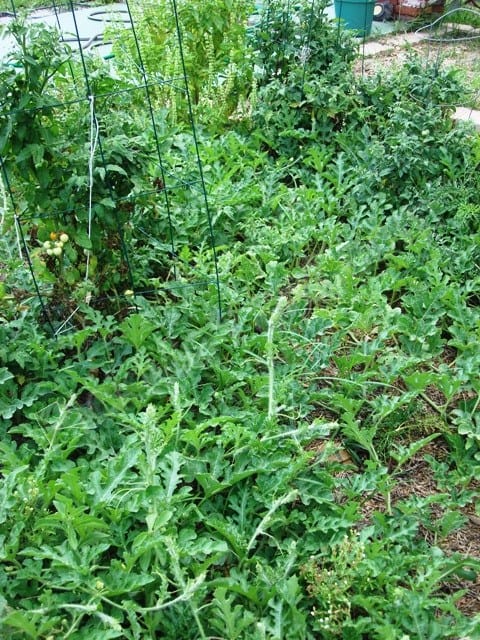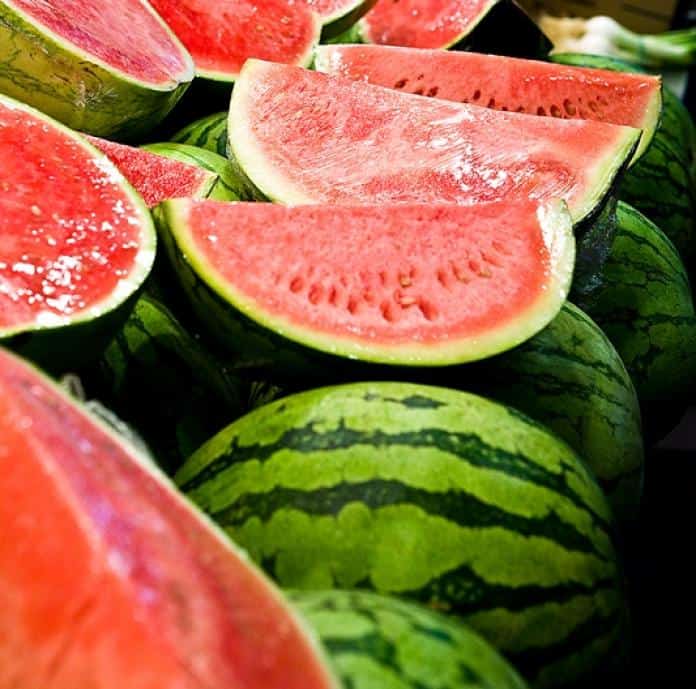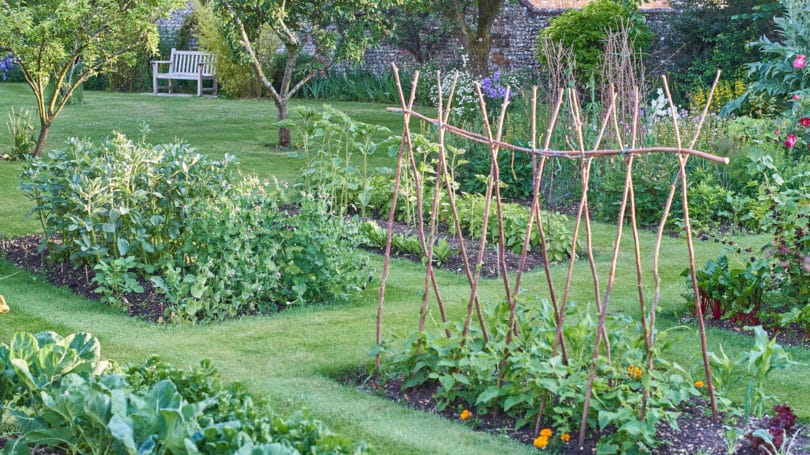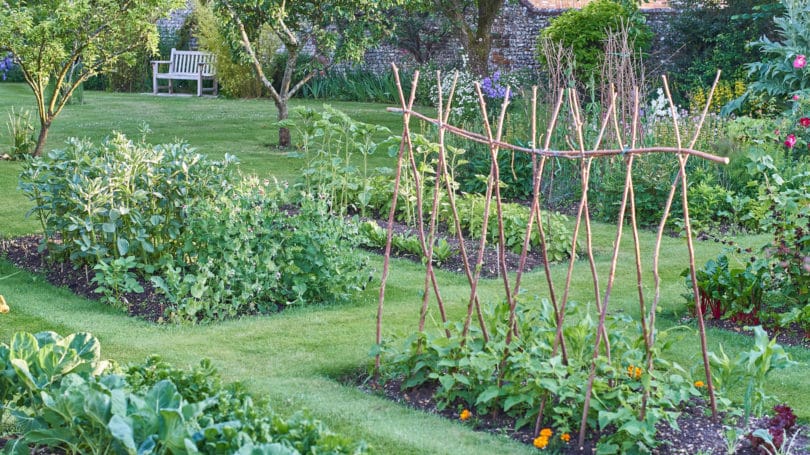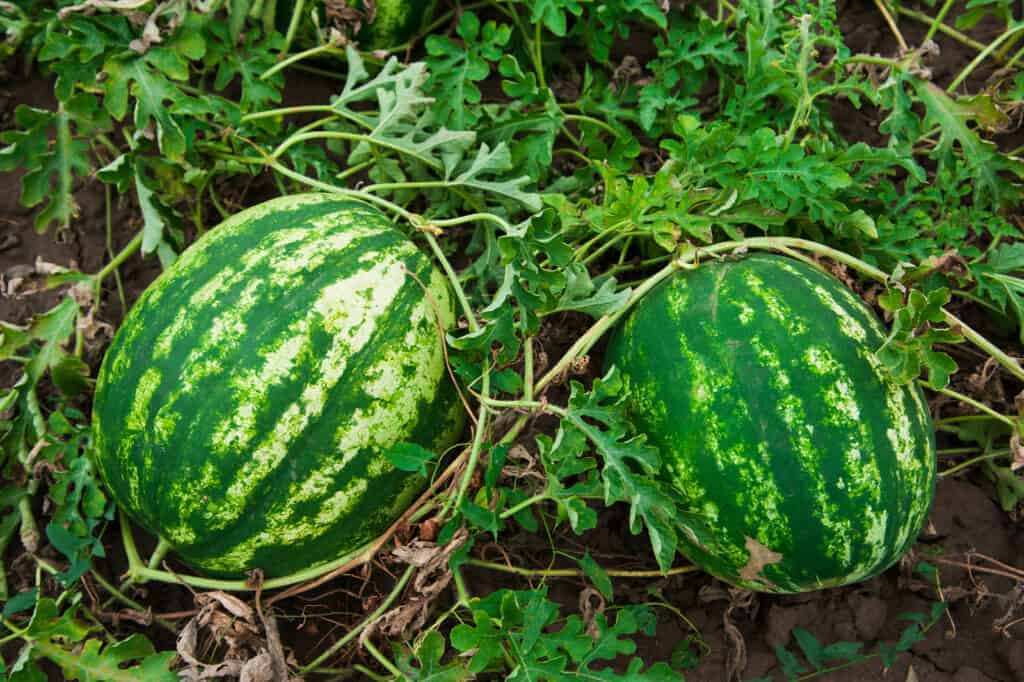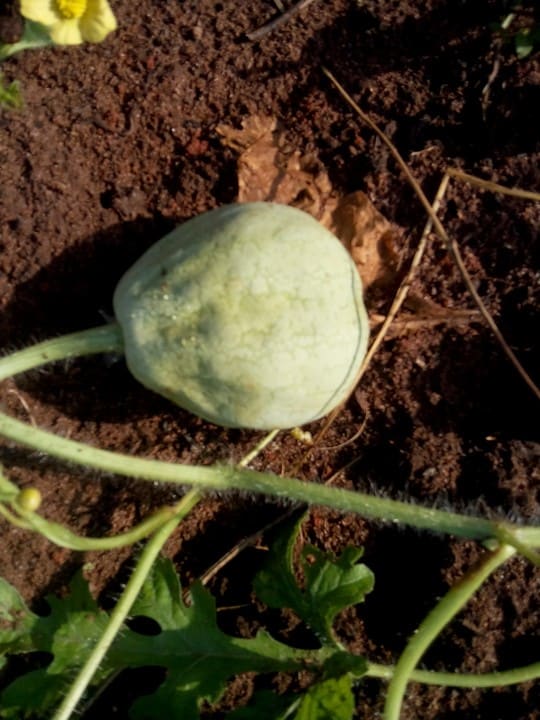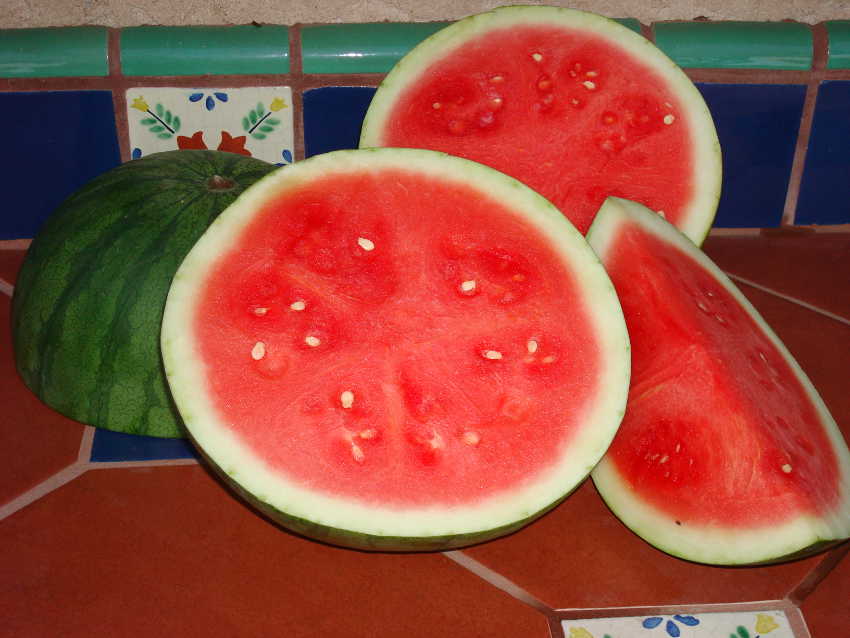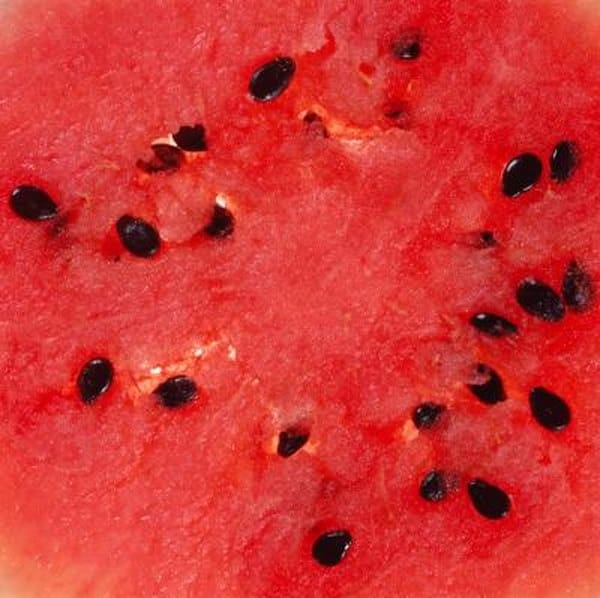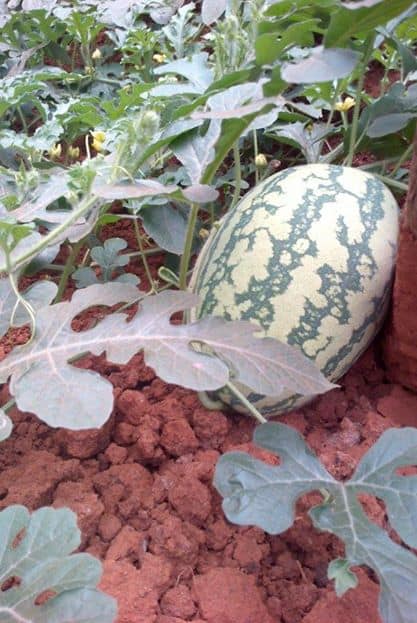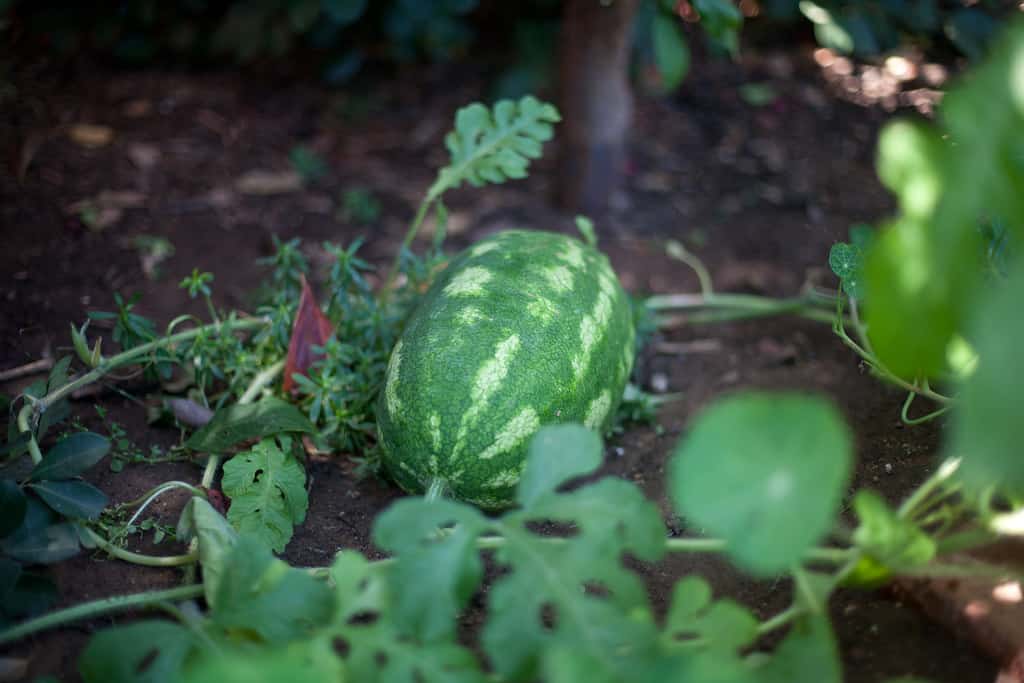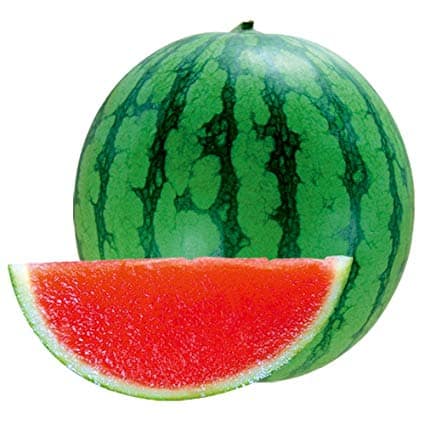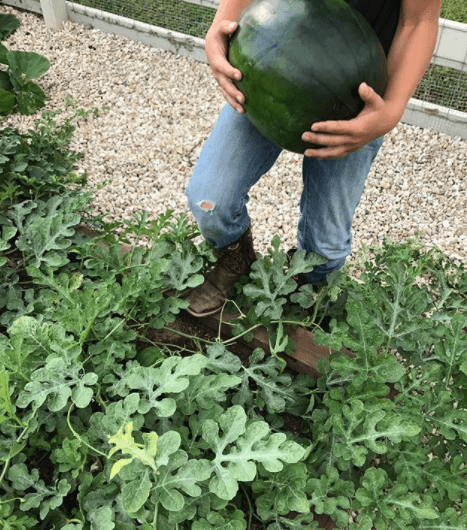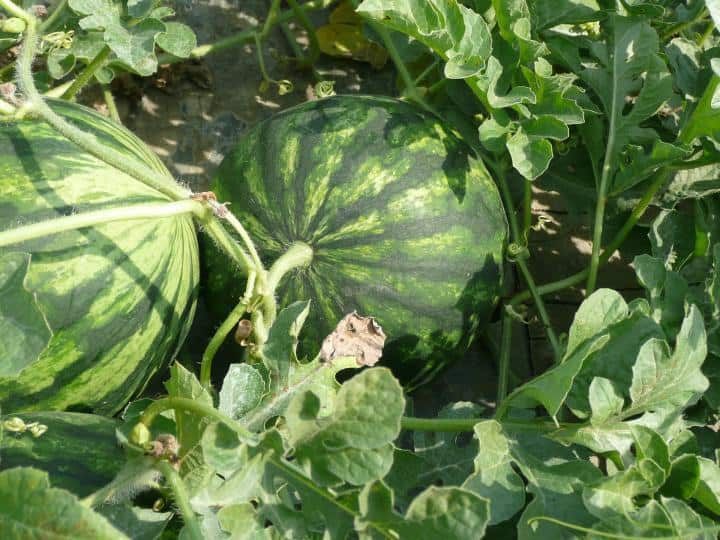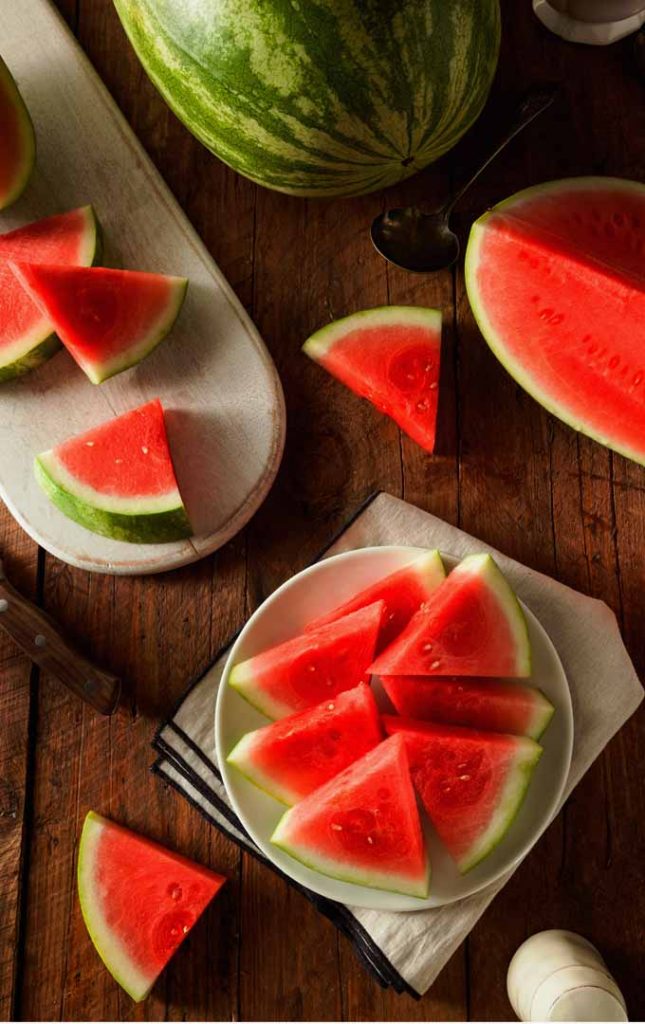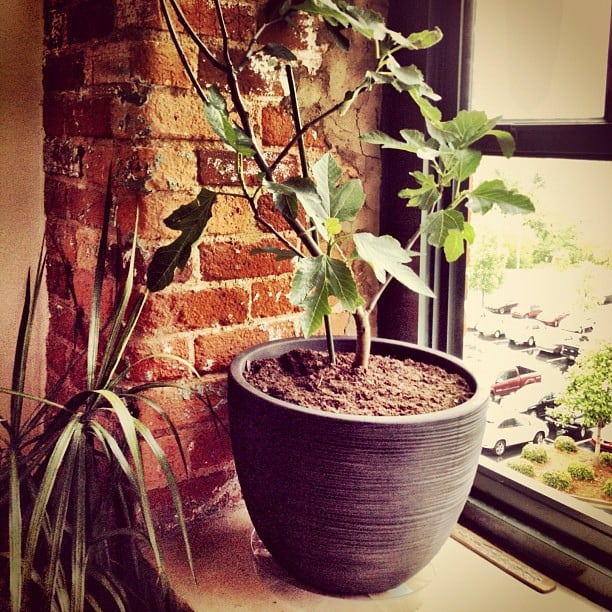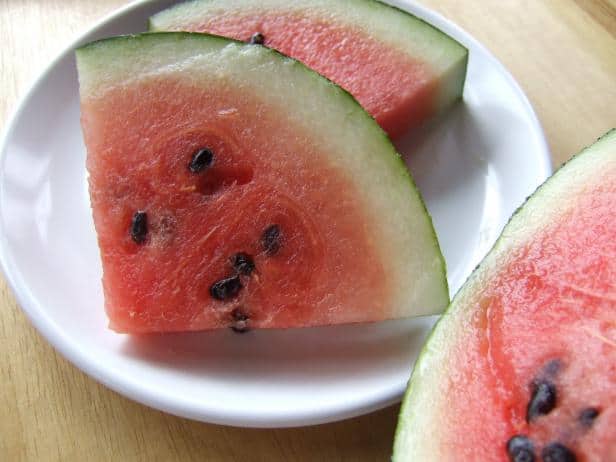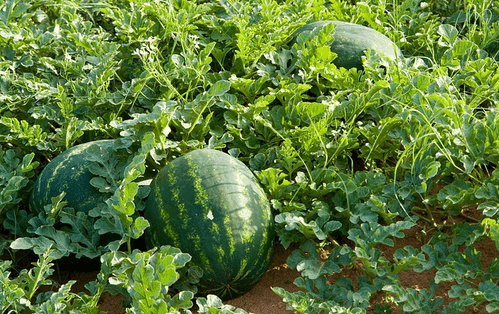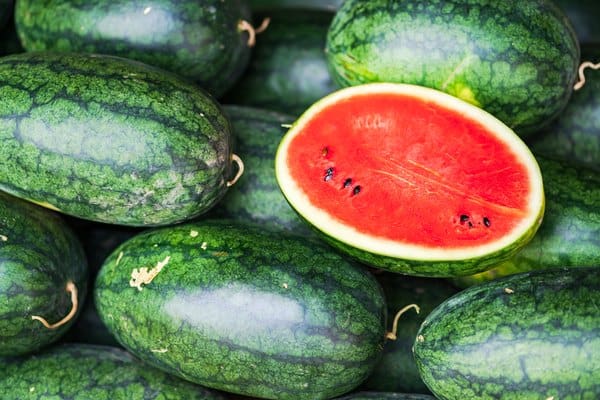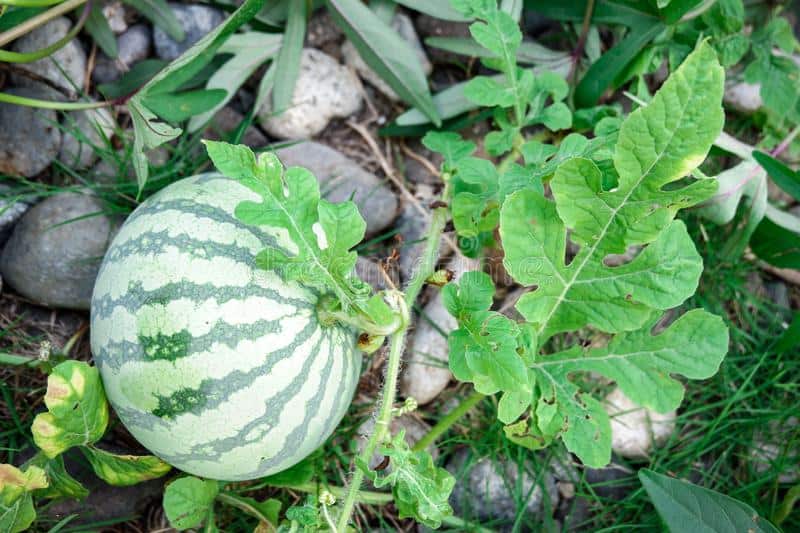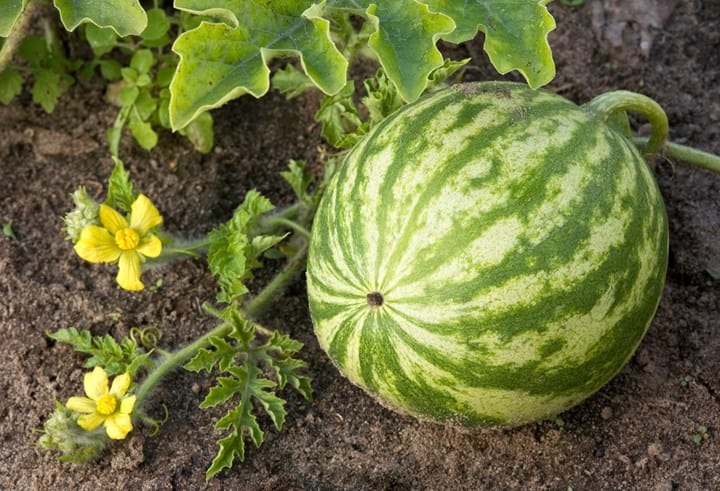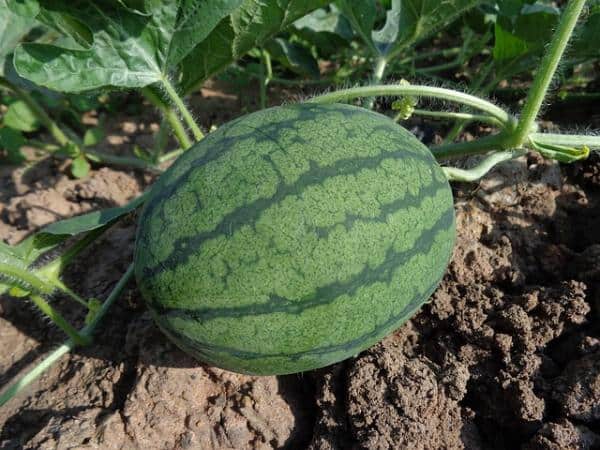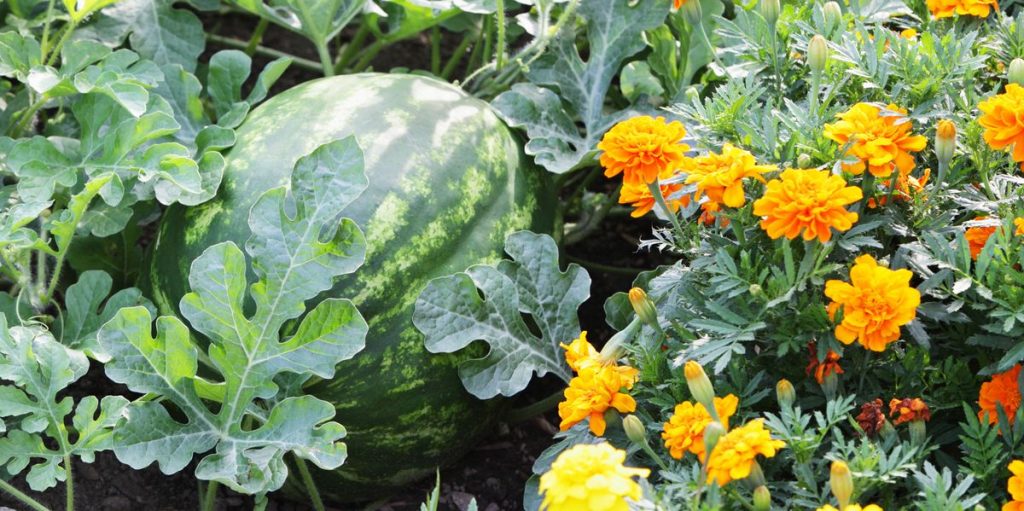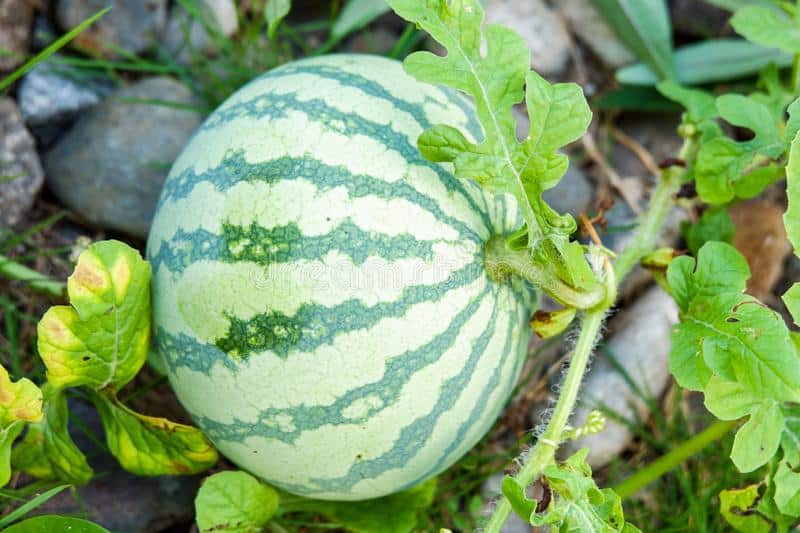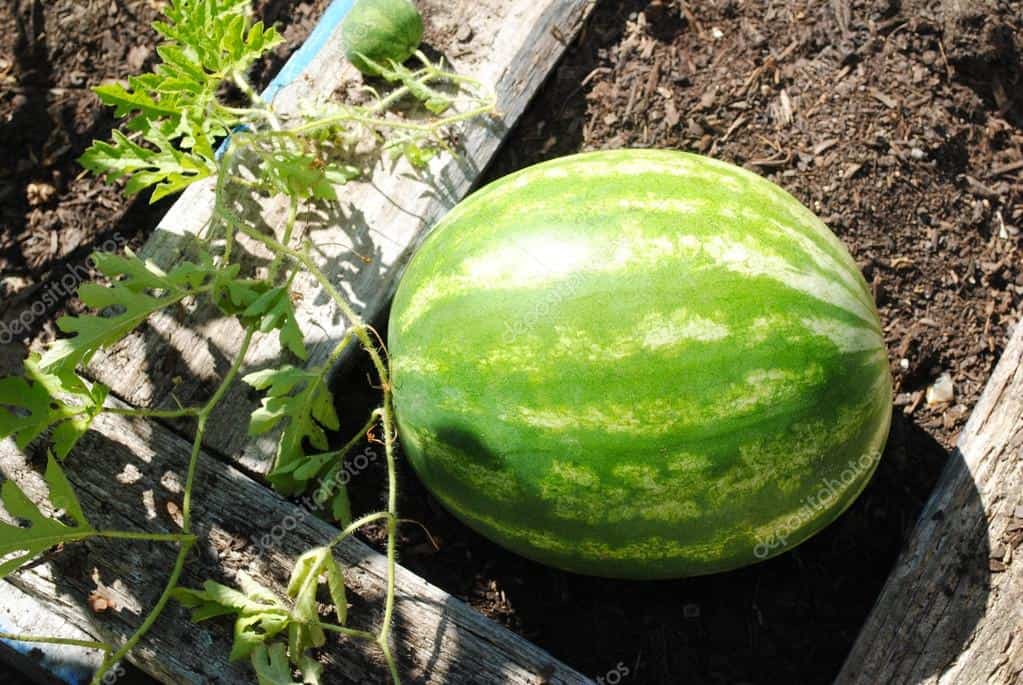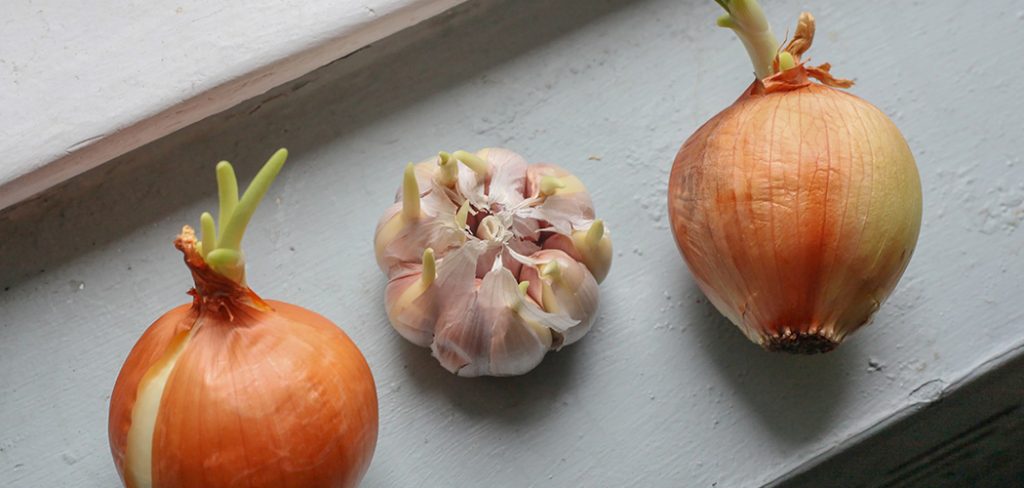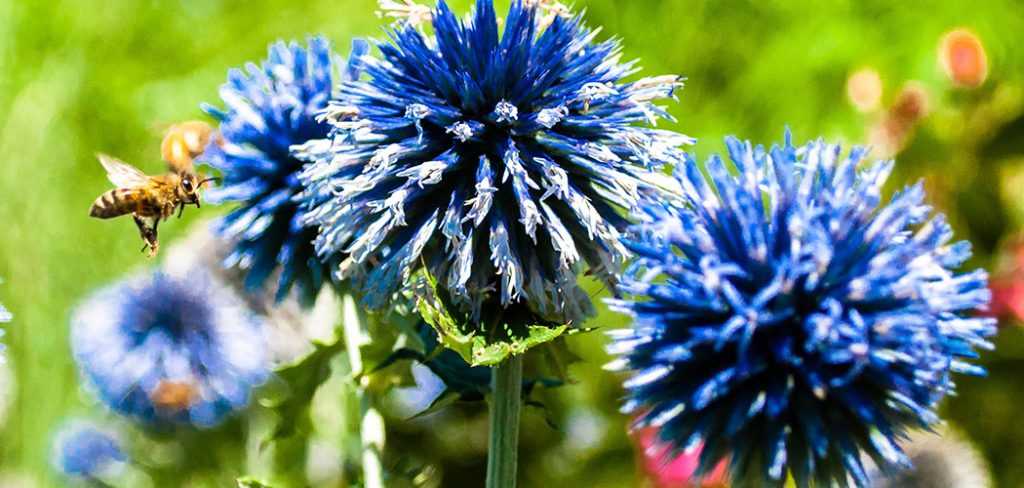As a gardener, you should never miss a hip or two of growing watermelon in your garden. Why? Because they are easy to grow, if space is an issue, it can grow comfortably on the lawns and it is good for summer afternoons when the heat takes the toll.
Ways to grow watermelons – seeds or plants?
Watermelons take about 80 days to maturity. Seeds need a warm ground to germinate and grow. If it is cold, cover the planting area with a black polythene paper. Growing watermelon from seeds is better than seedlings. But if it is necessary to sow seeds in a nursery bed for transplanting make sure you don’t do it any earlier because large watermelon seedlings transplant poorly. During transplanting, take great care because they are delicate and doesn’t resist direct sunlight. Numerous variations of watermelon exist with different qualities and flesh variations.
Cultivating watermelon
Watermelon occupies large space, about 20 feet in length. It is good to plant where there is open ground. Prepare the soil well by mixing with compost or compost manure, plus a fertilizer with high nitrogen content. Make hills by mounding soil to form hills and valleys about 1-2 feet high. Place 8-10 watermelon seeds in a hill and push them one inch into the soil. Space the hills 3-4 feet apart. After germination, thin the seedlings to 3 per hill. Keep the soil weed-free by mulching or using a hoe to lightly remove the weeds. Watermelons are deep-rooted plants and will require watering less often. But during the dry season, keep the soil moist by watering them.
When its vines begin to ramble, top dress with 5-10-5 fertilizers. Apply another round of fertilizers when the melons are set. When melons begin to mature, withhold water to intensify its sweetness. For sweeter fruits, give watermelon plenty of boron for sweet fruits.
Diseases and insects affecting watermelons
Pests that affect watermelon mostly are cucumber beetles and vine borers. Apply insecticides like Sevin to the watermelon or use Bacillus thuringensis in organic control.
Tips for harvesting watermelon
You cannot easily determine when watermelons are ripe, but here are some the tips to watch out for that indicates watermelons are ready for harvesting.
- Watch out for the tendrils close to the stem, when they turn in color and dry up, it indicates that your melons are ready.
- Slapping and tapping is another method used to ascertain whether the melons are ripe or not.
- Another sure way to determine the melon ripeness is to watch the color of the spot the melon sits on the ground. The spot turns from white to yellowish in color when the melon ripens. They also appear dull when they are ripe. The slick color disappears as the melon continues to ripen.
- After picking watermelon, chill them for sweet flavors. Keep cut watermelon inside the fridge for several days because watermelons are big and can’t be used in one meal alone.
Now that you know, it is my pleasure to invite you to the gallery below for more insight regarding growing watermelon in your backyard garden.
Check my other post on growing Gooseberries and Pawpaw trees.
